Wine Myths & General Misunderstandings – Time to Slay Some Vinous Dragons
Chatting with Jake recently we got onto the subject of general misunderstandings in and about wine which have not only evolved over the years but, in some cases, have become hardened into fact. In many of these cases I am afraid to report that these “facts” are - in fact – false.
The reason to highlight these is not in any way to be condescending because a number have taken shape through (on the surface) logical impressions but ultimately wrong turns in thinking and analysis. The following are particularly prevalent to this day.
The Wine is Corked
A genuinely corked bottle of wine is one which has become contaminated with trichloroanisole – or TCA for short - formed by a reaction from naturally occurring fungi which live in the bark of trees used to make natural corks. In most cases this organism is eradicated during the process of making corks but sometimes it survives this processing buried within the internal channels in the bark (called lenticels). It is harmless but imparts an unpleasant “musty” or “damp cardboard” smell and flavour to the wine – in the process strips out the fruit character and flavours in the wine. It can be found in varying levels in an affected wine, but badly corked examples are unmissable and singularly unattractive. But I must stress it is only found in wines sealed with a natural cork – not a screwcap, plastic cork, or glass stopper.
A corked wine is definitively not where some cork dust or debris has fallen onto the surface of the wine in the act of drawing the cork out of the bottle. In this instance you just need to scoop out these particles with a spoon and enjoy the wine.
There’s Broken Glass in the Bottom of the Bottle


This is in relation to – any only visible in white and maybe rosé wines – small crystals that form in wine. They are called Tartrates – formed naturally from the tartaric acid in the wine (one of the main acids in wine) and come out of solution when the wine is chilled. Once formed they do not dissolve back into the wine if it warms up. They also sometimes stick to the underside of a cork if the bottle has been stored on its side for long enough. They are harmless and tasteless, and a good sign that the wine has not been over processed in its making. And they are in red wines too, but you don’t notice them because of the depth of red colour.
They are categorically not fine pieces of broken glass.
Wine Gives Me a Headache – Caused by the “Sulphides” in the Wine?
Sulphides or Sulphites are a naturally occurring bi product of yeast fermentation in wine. If there is more than 10mg/lt in the finished wine, then – by law – this needs to be indicated to the drinker on the (back) label. Sulphides also form from the addition of Sulphur Dioxide (SO₂) in winemaking and storage. This is an industry wide used antioxidant and antiseptic – and is also used extensively for the same reasons in the food industry.

Levels vary by wines – any wine purporting to be “natural” will have very low levels; red wines tend in general to have lower levels than white wines. Dry wines will have lower levels than sweet wines. But it is also down to the producer – all quality producers will only use what they have to (ie bare minimum) to maintain the wine’s stability. Producers of large quantity, bulk wines tend to play safe, and these wines often have higher levels. It cannot be categorically said that Sulphides are not a contributant towards headaches for certain people (ie a mild allergic reaction). According to the Food and Drug Administration (FDA), an estimated 1% of people are indeed sensitive to sulphites, and about 5% of those individuals have asthma as well. So, for a few it can be an issue.
This concern it is not to be taken lightly but it must also be said that consumption of a lot of wine at one time – and especially if not hydrated by water – will certainly give anyone a headache too.
The Wine is not Clear, it’s Hazy and is Out of Condition

Most wines we enjoy are usually brilliantly clear and bright – but a few may indeed not be crystal clear, and in some cases hazy. Is this automatically a problem?
There is a potential fault here which is the wine has thrown a protein haze – you may have noticed that olive oils can do the same thing for example. This won’t affect the flavour but aesthetically is less attractive. I must stress this happens very rarely these days with wine.
What is more likely is that the wine has not been over processed and may well be what is termed as “natural wine”. Although there is not a strict definition of what a natural wine is they are made by producers who believe that wine should not be over processed or clarified and tasted as for what is “naturally” is. This often links in too with people who practice organic and/or biodynamic practices. Once fermentation has completed the wine is cloudy – not least with dead yeast cells – and in most cases wines are clarified with finings, and then filtered so that all these particles – referred to as colloids by winemakers - are removed and the wine is bright. Natural winemakers believe that you also risk taking out flavours too, so eschew using finings and filtration. So, fundamentally is a philosophy as well as a winemaking decision.
It does not mean though that the wine is faulty it just won’t be clear. And these are not the only hazy drinks when you think about it – there are bottle fermented hazy beers; cloudy cider; cloudy lemonade. I think these wines should simply be judged on their merits – by that do they taste good! Jake refers to them as “funky” and there is a selection in the Vino Gusto shop.
I Don’t like any Wine made from Chardonnay
I must make this clear right away this is not a criticism of anyone who does not like the Chardonnay grape but an observation from having chatted with people who say they don’t like the grape. When chatting further I find that a significant proportion of them are objecting to the style of the wine rather than just the grape itself. Chardonnay is the most widely planted of all white grape varieties, so it is grown in a lot of places and climates. As a grape variety it is very adaptable and what might be termed climate sensitive – by that if grown in a cool area (the most famous being Chablis in Burgundy) the style is lighter in body, crisper, with more apple and possible citric notes.
Grown in a warm climate (such as many in the New World) it has more tropical fruits, ripe peaches, and is much weightier and fuller bodied. Then add the elements of oak and barrel fermentation, lees aging (giving bready notes) and malolactic (giving diary or buttery notes) the wine can develop a very rich and textural style. This is often the style that people then tell me they don’t like and understandably berate the grape as a result.
I have on occasions, got the same people to then taste a classic Chablis (which by law must be made from 100% Chardonnay) and they have admitted that they like that style. In addition, most Chablis use much less oak (often none) so those who also cite the big “oaky” flavours as another reason for not liking Chardonnay find this style much more to their liking for that simple winemaking adjustment.
I would strongly recommend that if you are not sure whether you really like Chardonnay or not, buy a bottle of each of the below and try them side by side – I think you may be pleasantly surprised and, if not, then you really will know that Chardonnay is not for you. A classic cool unoaked Chablis from Domain Laroche and then a fuller, richer, oaked Chardonnay from the acclaimed Jordan Estate in Stellenbosch, South Africa.
German Wines and Riesling were no Good, and I Still don’t Like Them
This last section is a pure cri de cœur from myself – please bear with me. This remains a comment and reaction I come across on a surprisingly regular basis and if I may be direct it is time to move on and rethink about both German wines and its star white grape Riesling (pronounced Rees-ling by the way).
The origin of this conviction goes back in time for many drinkers to when entry level German wines – under brand and origin names including Liebfraümilch, Piesporter, Niersteiner etc – were indeed not very good. But there are two very important points for me from this which need to be made:
- We are going back sometime here and the whole German wine industry has moved on by leaps and bounds; quality levels are at an all time high across all levels
- And very importantly Riesling as a grape was never, ever, used in these cheap old blends – to hit their price points less revered and expensive grapes – such as Kerner and Bacchus – were used in these blends - there wasn’t a drop of Riesling in them, so it is unfair to associate this noble grape variety with those wines of that era
So please allow me my own soap box moment and can I recommend that you try a couple of examples – one a classic modern style, crisp, and citrusy German Mosel Riesling from the highly respected house of Maximim Grünhaus; and to contrast a lovely Australian dry, citric Riesling from the star South Australia region of Clare Valley and one of its leading estates Mount Horrocks.
These are modern wines in every sense – relatively low in alcohol, unoaked, crisp, and refreshing and vibrantly fruity.
Thank you very much for reading this and I hope it helps to set a new perspective on things which are understandably, and potentially, confusing.
__
Nick Adams MW
 We are delighted that great friend of the business, Nick Adams MW, has joined our team to write a monthly wine blog. If you're a regular at casa VG, you may have bumped into Nick at one of our collaborative tastings. If you're not instantly familiar with Nick's post-nominals, Nick is one of only 415 Masters of Wine in the world.
We are delighted that great friend of the business, Nick Adams MW, has joined our team to write a monthly wine blog. If you're a regular at casa VG, you may have bumped into Nick at one of our collaborative tastings. If you're not instantly familiar with Nick's post-nominals, Nick is one of only 415 Masters of Wine in the world. Nick says, “I am looking forward to working even more closely with Jake and the team at Vino Gusto. I hope to bring my broad trade experience into play to keep you informed and entertained via these monthly blog releases. Please do though let us know of any subject matters which might be of special interest to you, and we will see if can get these included over the coming months”.


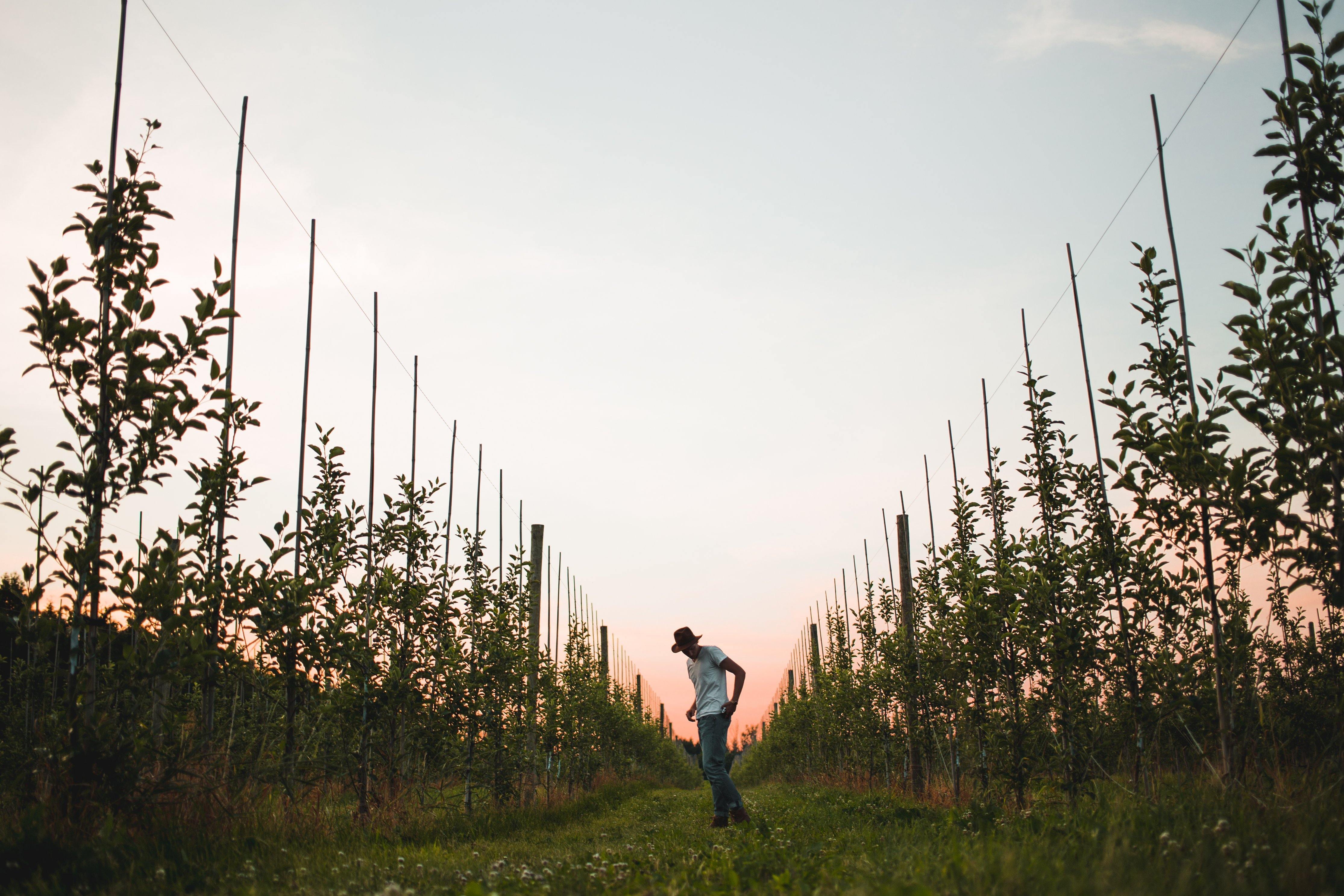
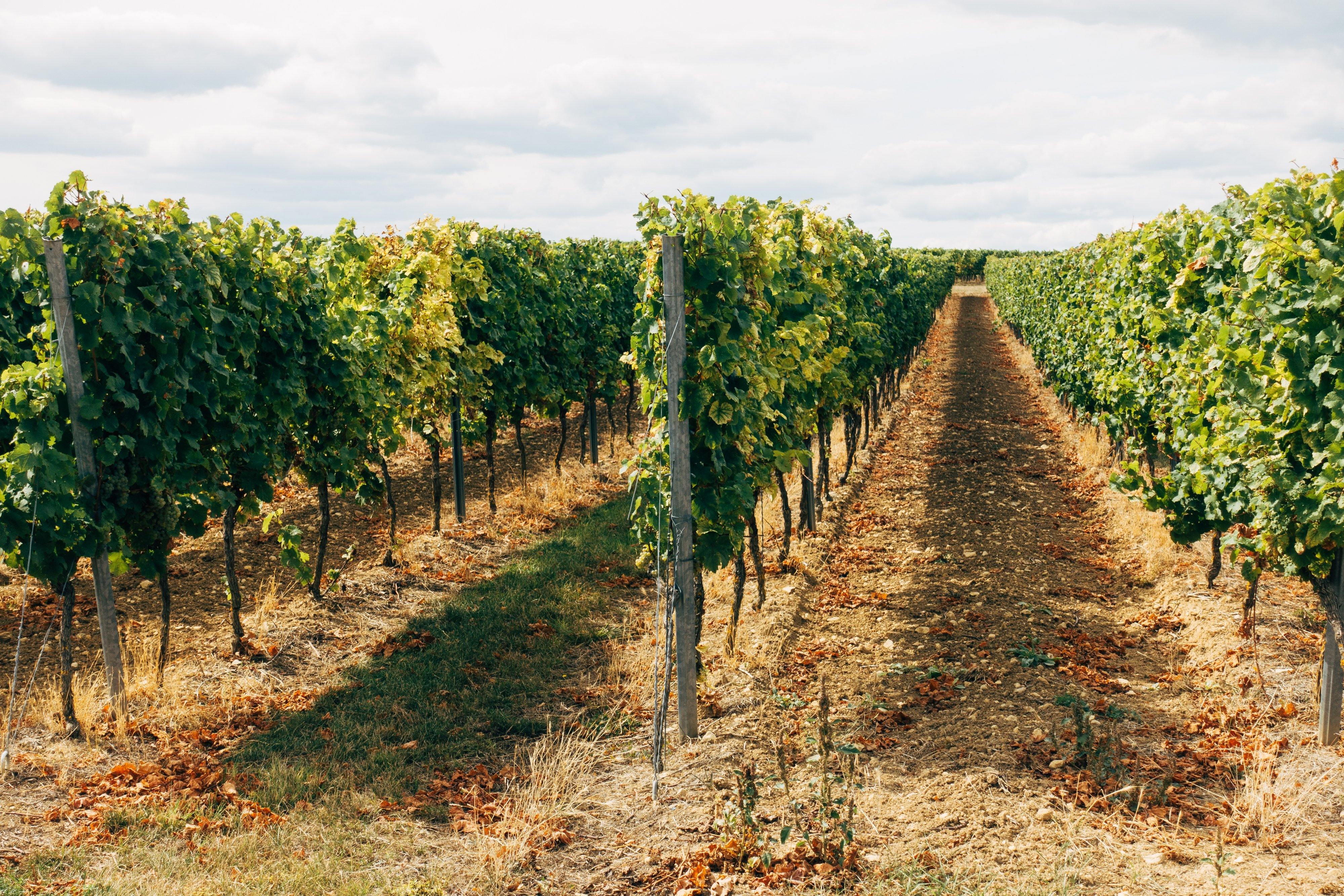
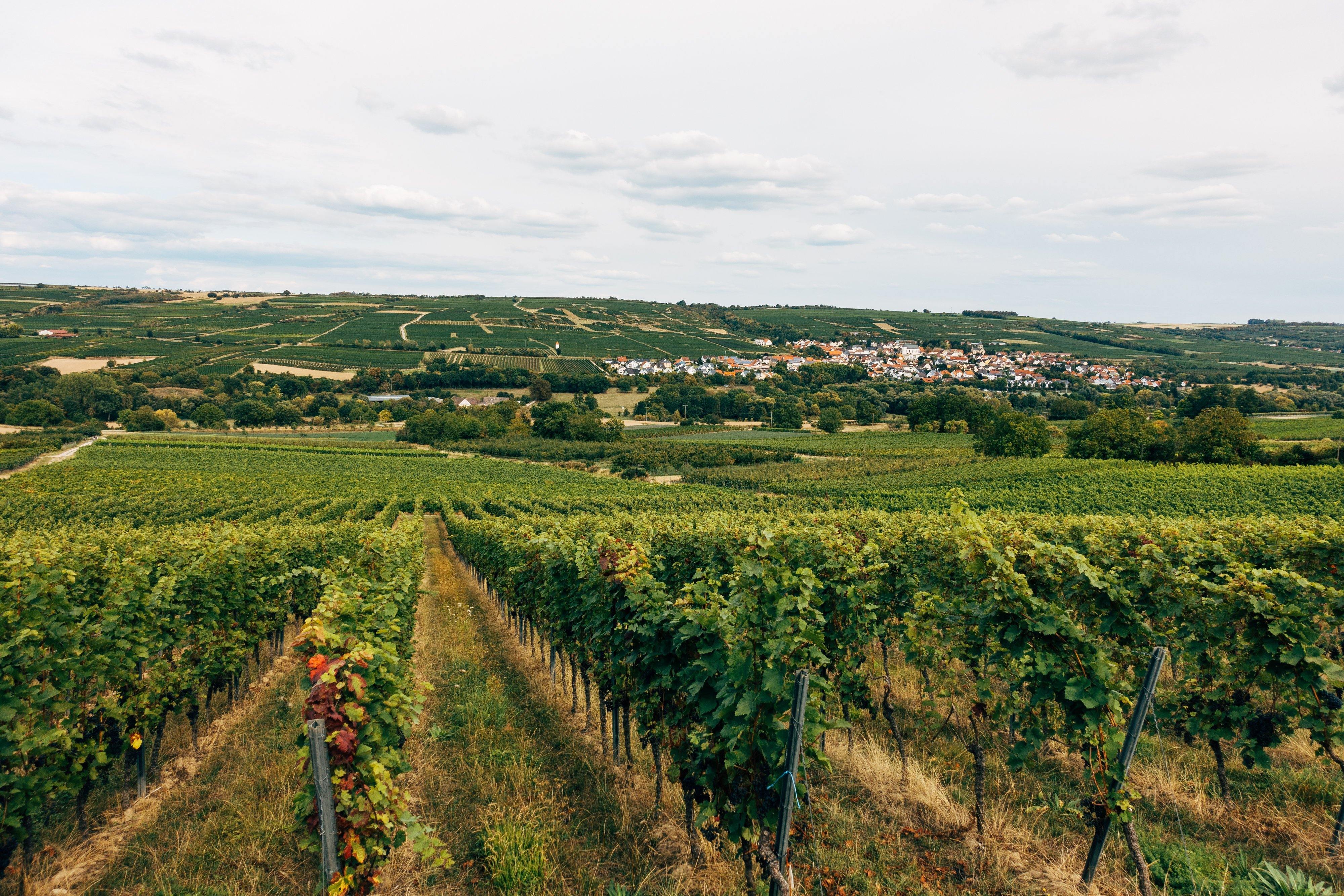
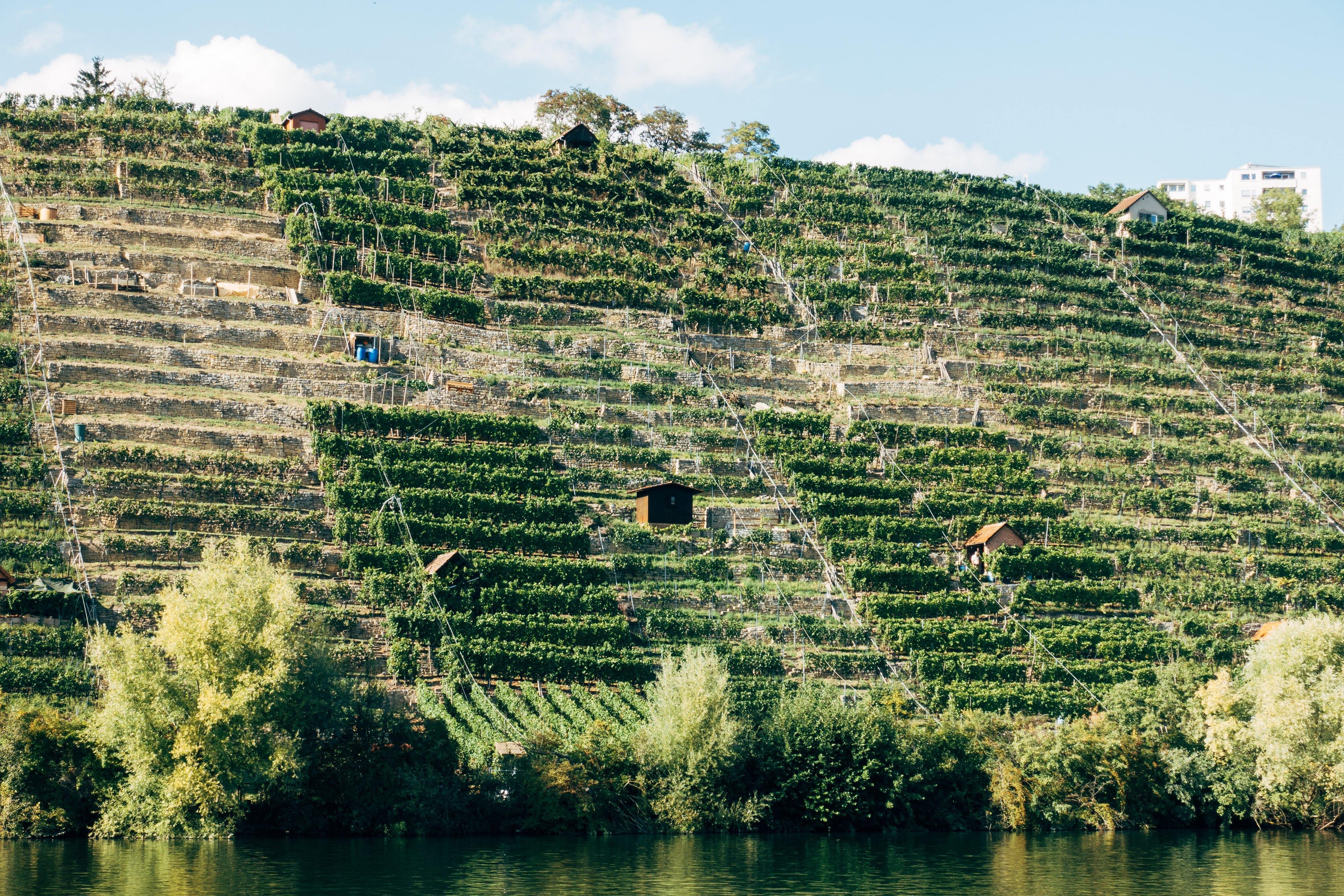
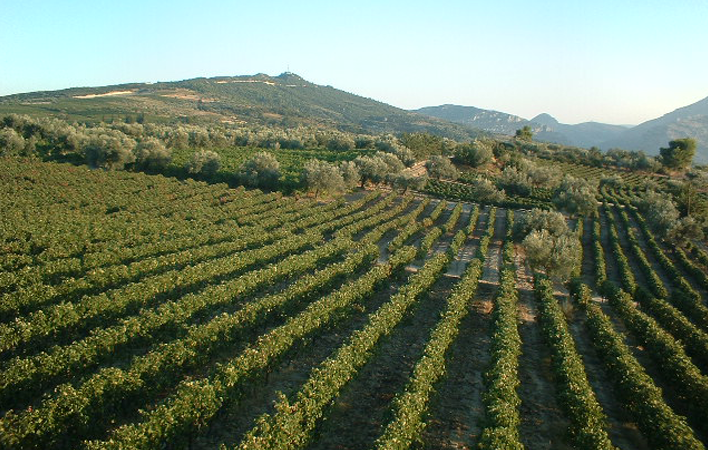



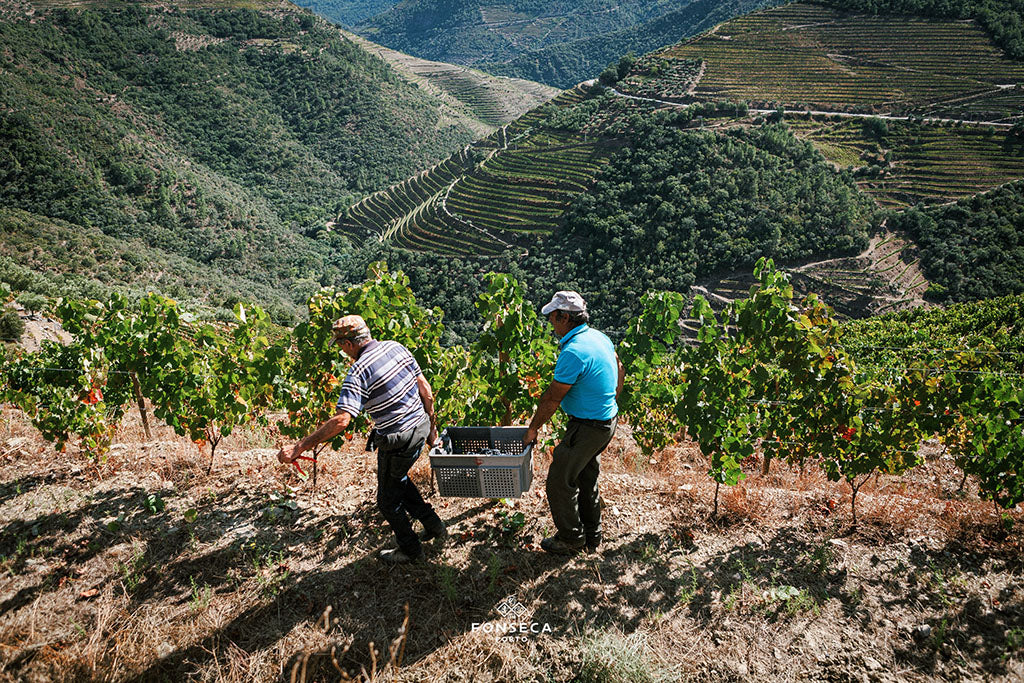
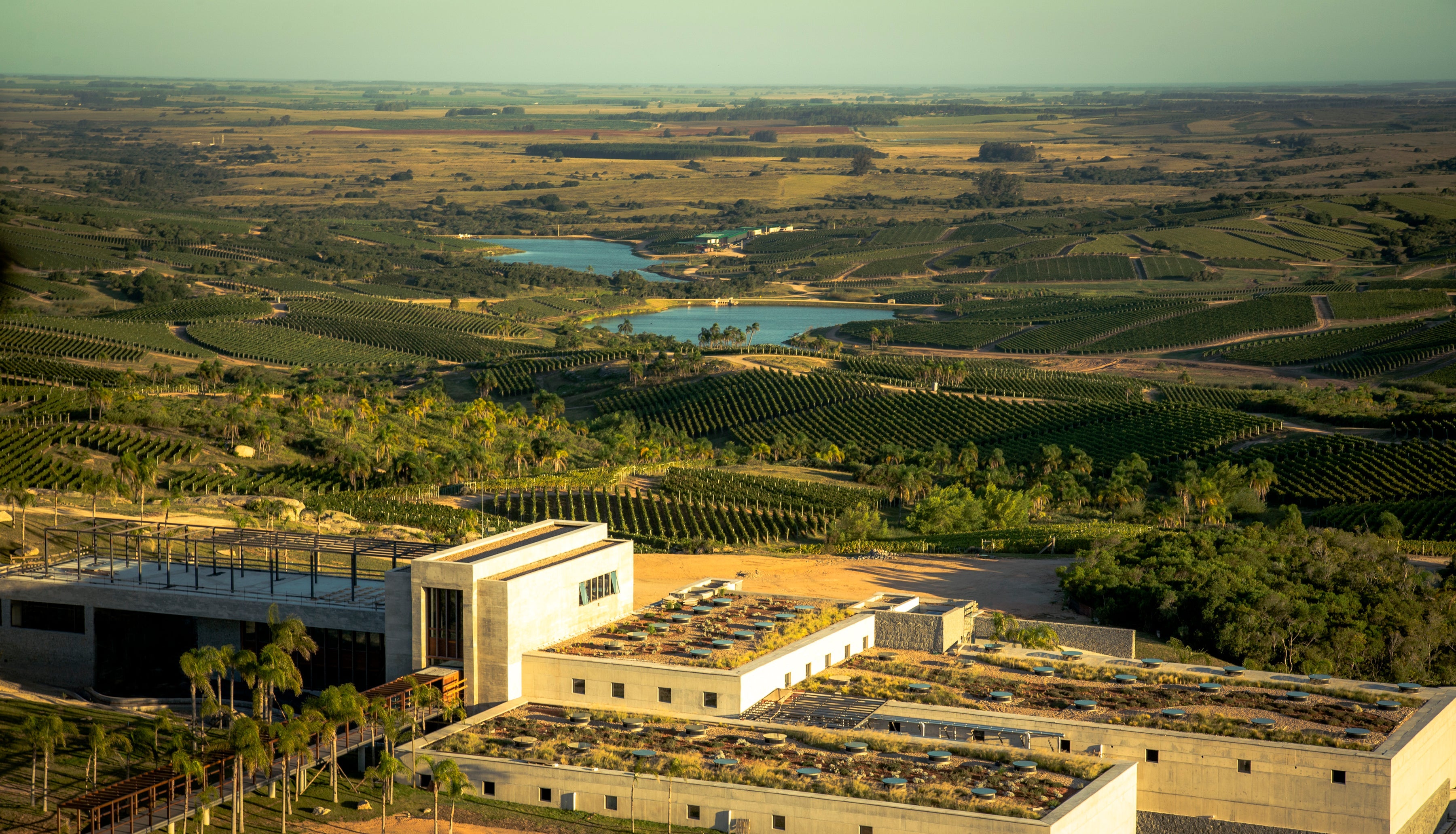
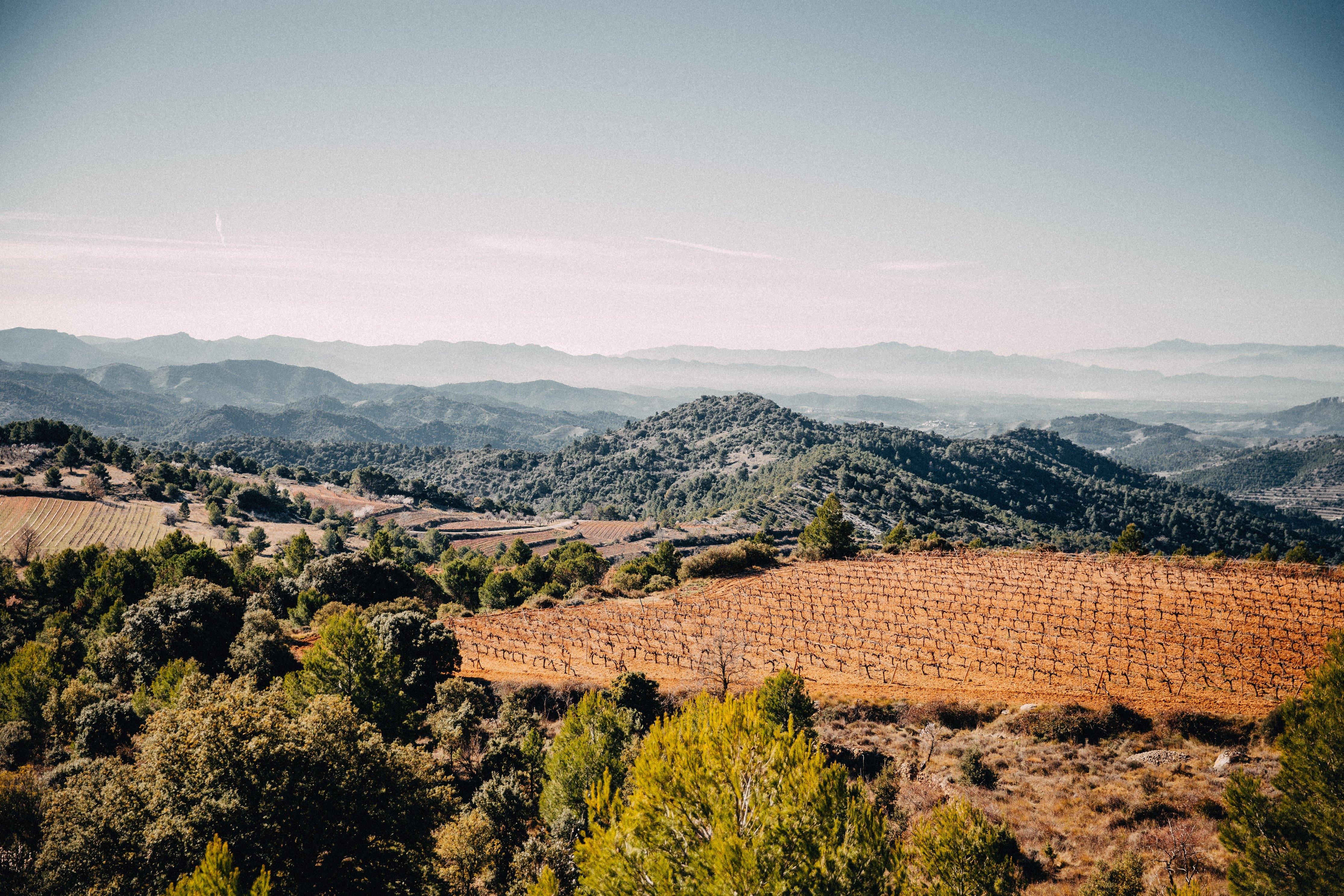
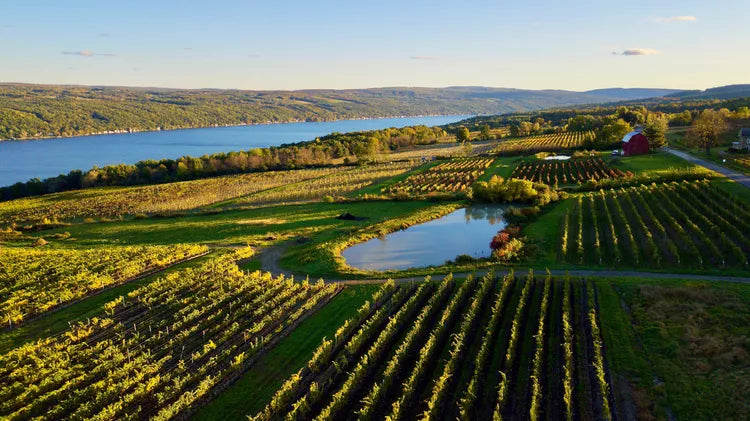

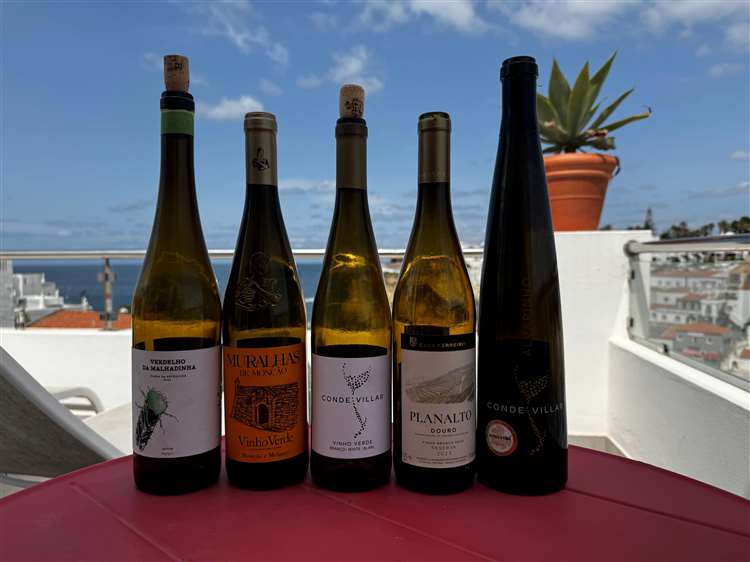


Leave a comment